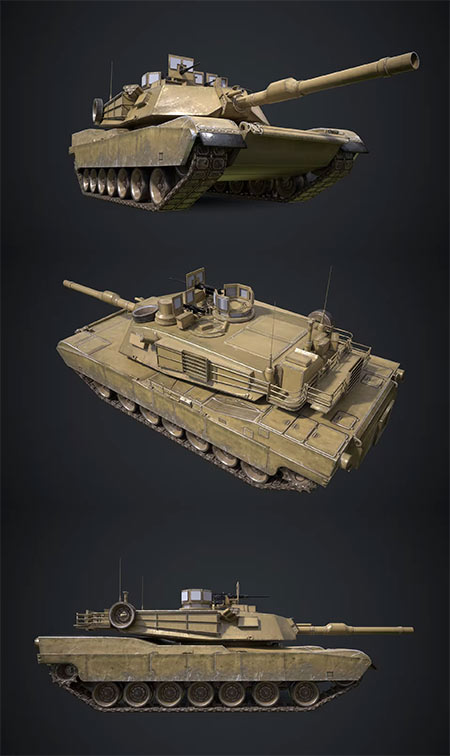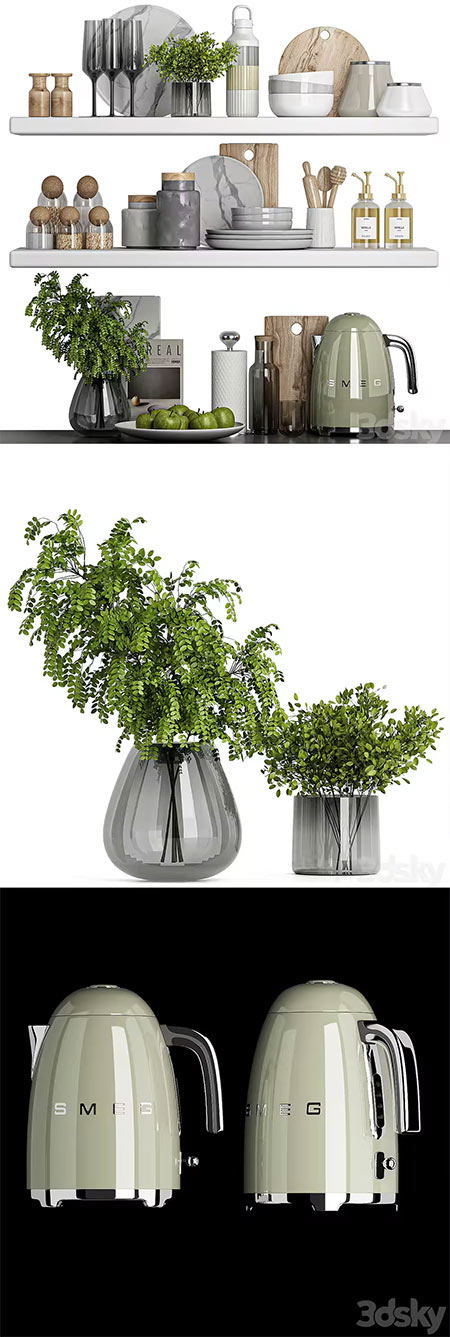
Decorative Set on Shelves and Decor objects - Set 07 3646557 - 3D Model
MAX MTL OBJ | 286 MB
|

Changan CS85 Coupe 2019 - 3D Model
FBX MAX | 101 MB
|

Modern kitchen with wood facades 2678077 - 3D Model
MAX | 46 MB
|

M1A2 Main Battle Tank - 3D Model
FBX MAX MTL OBJ | 19.8 MB
|

Kitchen Accessories 71 4835040 - 3D Model
MAX | 396 MB
|

Acura MDX 2022 - 3D Model
FBX MAX MTL OBJ | 183 MB
|

Pool 16 3401243 - 3D Model
MAX MTL OBJ | 478 MB
|

Dressing Room 23 6617998 - 3D Model
FBX MAX | 483 MB
|

Wooden Front Door - Set 91 5677754 - 3D Model
MAX MTL OBJ | 60.7 MB
|

Set of Dishes 2 3395084 - 3D Model
MAX | 9.1 MB
|
« 1 2 ... 33 34 35 36 37 ... 230 231 » |
3D модели - это цифровые представления трехмерных объектов, используемые в самых разных сферах, от киноиндустрии и видеоигр до архитектуры и медицины. Создаются они при помощи специализированного программного обеспечения, позволяющего формировать геометрию объекта, настраивать его текстуру, материалы и освещение. Разнообразие техник моделирования, таких как полигональное моделирование, NURBS-моделирование и скульптуринг, позволяет адаптировать процесс создания модели под конкретные задачи и желаемый уровень детализации.
Возможности использования 3D моделей практически безграничны. В кино и играх они оживляют персонажей, создают впечатляющие визуальные эффекты и формируют целые миры. В архитектуре 3D модели позволяют визуализировать проекты зданий и сооружений, оценивать их функциональность и эстетику еще до начала строительства. В медицине они используются для планирования операций, создания протезов и обучения студентов-медиков.












